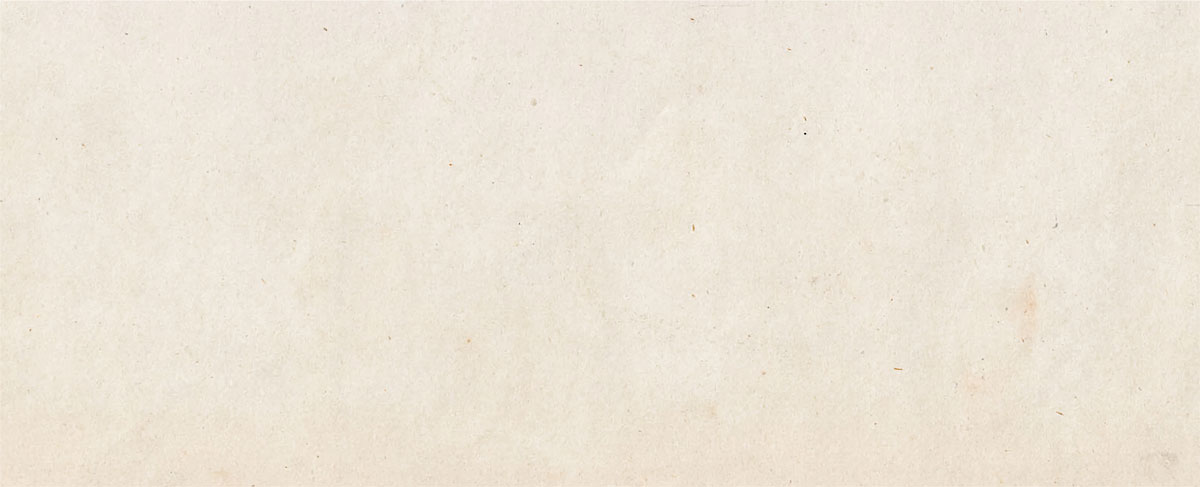Effects of Oak on Wine
05.26.10
![]() Oak has an enormous impact and plays a big role in winemaking. Wine is in direct contact with the oak during fermentation or aging process. Oak can have an effect on the taste, color, texture and tannins of the wine.
Oak has an enormous impact and plays a big role in winemaking. Wine is in direct contact with the oak during fermentation or aging process. Oak can have an effect on the taste, color, texture and tannins of the wine.
There is a total of 300 species of oak. It is grown in temperate, tropical and subtropical regions of the northern hemisphere. The most common types of wood used for barrel making are chestnut, beechwood, acacia and ash. Oak is widely used and preferred due to its resistance, malleability and advantage that favors oxidation.
In early history, barrels were the choice of transportation of wine. Ancient Mesopotamians used  barrels made from palm wood but it was later discovered that palm was too difficult to bend into barrels. The use of oak barrels has been extensive in the winemaking process for the last two millennia. Winemakers learned that using oak barrels for more than just storage showed it could improve the wine by making it softer and even taste better.
barrels made from palm wood but it was later discovered that palm was too difficult to bend into barrels. The use of oak barrels has been extensive in the winemaking process for the last two millennia. Winemakers learned that using oak barrels for more than just storage showed it could improve the wine by making it softer and even taste better.
There are three issues to consider when selecting a barrel:
1. What kind of oak – French, Hungarian, American, other?
2. What size – (smaller will leave a stronger impression)?
3. What degree of toast (light, medium, heavy)?
![]()
Oak barrels are toasted with an open flame to three degrees of toast: light, medium, and heavy.
There are quite a few Oak alternatives:
-Oak Flavoring Stix
-Barrel Renewal System
-Oak chips
-Granular Oak
-Tank Stave System
-Oak Stack
Come taste for yourselves the flavors impaired to wine by oak.
Wine to taste:
Private Reserve Chardonnay 2007
Unoaked Chardonnay 2007
Texas Hold’em Red
Bordeaux Blend
Sign up for the May 30th Wine Appreciation Class: “Effects of Oak Aging on Wine,” for more insight into oak aging.

